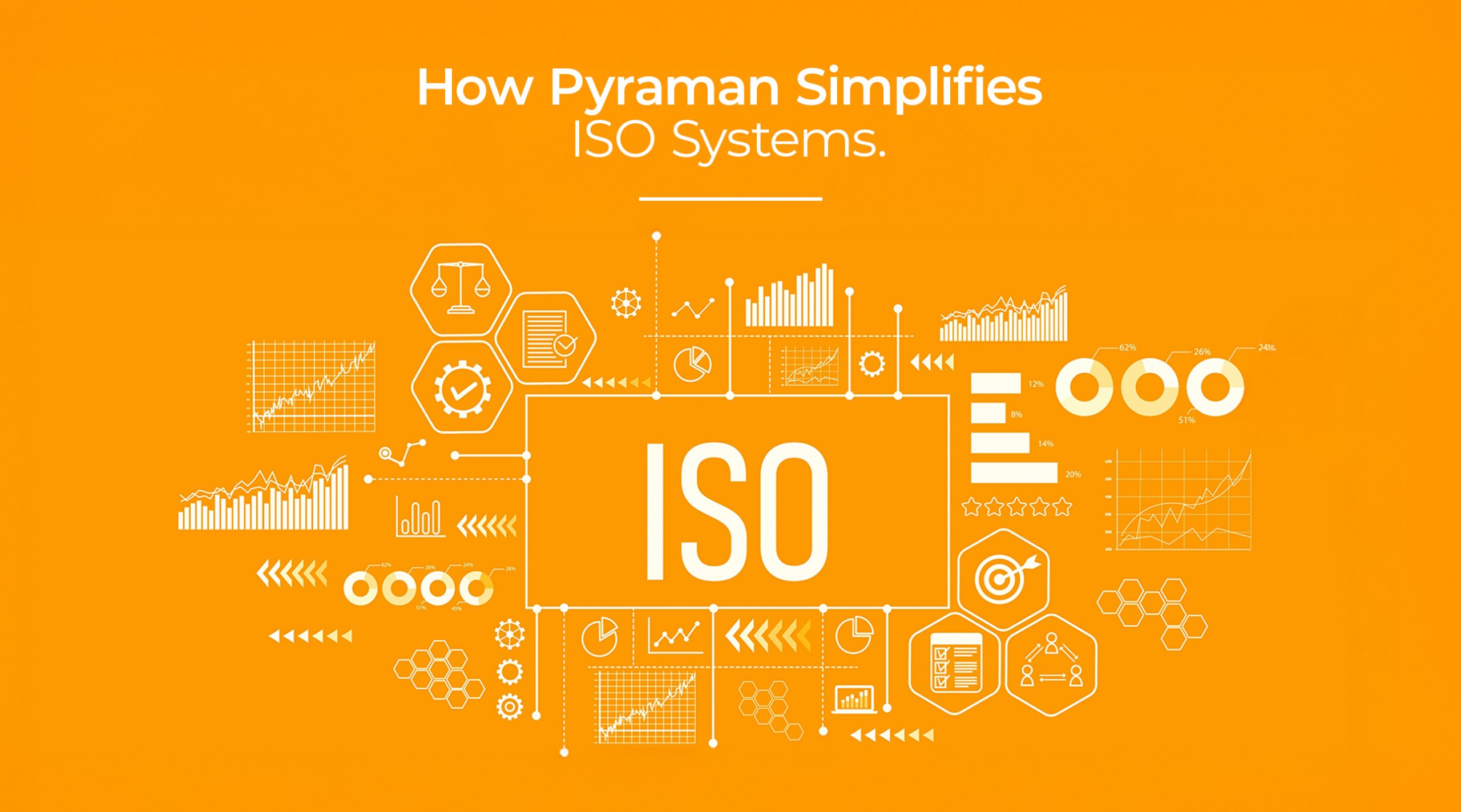
Every organization runs on defined systems and processes and documentation is a key part of it. Yet, managing them is rarely simple. Files get misplaced, versions get mixed up, and deadlines often slip through the cracks. Over time, these small inefficiencies add up and create larger risks for growth.
This is where a Document Management System (DMS) becomes a game changer. A DMS is designed to streamline how organizations create, store, retrieve, and track documents. Instead of fighting fires caused by missed or outdated files, businesses can focus on running operations smoothly.
Let’s look at seven common document management challenges most organizations face and how the right DMS helps solve them.
1.Scattered and Disorganized Files
One of the most frequent issues organizations struggle with is scattered files. Documents are saved across shared drives, emails, personal desktops, and even physical folders. When a team member needs a specific document, they end up wasting valuable time searching.
A DMS centralizes all documents into a single source of truth. With role-based access, employees know exactly where to find what they need without chasing colleagues or digging through folders.
2.Version Control Problems
How often do teams find themselves working on the wrong version of a document? Multiple edits, duplicate files, and unclear naming conventions lead to confusion and errors. In industries where documentation matters, using an outdated policy or certificate can result in serious risks.
A DMS solves this with automatic version control. Every update is tracked, and the latest version is clearly visible while older versions remain archived for reference. This ensures teams are always working with the correct document, reducing errors and improving accountability.
3.Missed Deadlines and Processes Breakdowns
When document management is manual, important updates often slip through the cracks, like certificates that go unchecked, reviews that get delayed, or actions that aren’t tracked on time. These missed steps can slow down operations and create unnecessary roadblocks.
A digital document management system changes that by automating reminders and notifications. Review dates, renewals, and pending tasks are flagged early, giving teams enough time to act. Instead of chasing last-minute fixes, businesses can maintain smooth, predictable processes that keep work on track.
4.Lack of Security and Restricted Access
Not every document should be available to everyone in an organization. Sensitive procedures, Customer drawings, or employee documents need to be protected. Traditional shared drives or paper files often lack this level of control.
A DMS ensures security with role-based permissions and access logs. Administrators can decide who views, edits, or shares specific documents. With encryption and activity tracking, confidential information stays protected, and organizations gain a transparent document of who accessed what and when.
5.Inefficient Collaboration Across Teams
As organizations grow, documents are no longer handled by a single department. Quality teams, operations, HR, and compliance officers all need to work with the same set of files. Without a structured system, collaboration often leads to duplicated efforts or overlooked updates.
A DMS improves collaboration by offering a centralized platform where multiple teams can access and contribute to the same documents. Comments, approvals, and workflows are captured in one place, making collaboration seamless and transparent. Everyone stays on the same page, literally.
6.Limited Visibility and Reporting
Manual document management makes it difficult for leaders to track progress or identify bottlenecks. For example, it may not be clear which files are up to date, which records are missing, or how many documents are pending review. Unstructured data can hinder analysis, making it hard to generate meaningful reports. Without this visibility, decision-making becomes reactive rather than proactive.
7.Difficulty Scaling with Growth
What works for a small team often collapses when an organization grows. As operations expand across multiple plants, departments, or geographies, managing documents with manual methods becomes nearly impossible. Files multiply, processes become inconsistent, and increase growth risks.
A DMS is built to scale. It allows organizations to onboard new teams, manage larger volumes of records, and handle more complex compliance requirements without losing structure. This scalability ensures that businesses can grow confidently while keeping operations under control.
Why Solving These Challenges Matters
Document management might sound operational, but its impact extends far beyond filing cabinets and digital folders. Poor document practices can slow down audits, delay certifications, and even put business credibility at risk. On the other hand, a structured approach through a DMS builds efficiency, transparency, and trust.
By eliminating redundant tasks, reducing risks, and making compliance effortless, a DMS frees up teams to focus on strategic priorities like innovation, client delivery, and growth.
How Pyraman Simplifies Document Management
Pyraman takes a human-first approach to document management. It is designed to be simple for everyday users while robust enough to meet strict document safety requirements. With modules for document control, audits, NC tracking, training, and more, Pyraman creates a connected ecosystem where documents are never isolated from the processes they support.
Key features include:
- Centralized dashboards for all documents
- Automated reminders for reviews, training and audits
- Clear version control with historical tracking
- Role-based access for security and accountability
- Integration with other quality and compliance workflows
By solving document management challenges at their root, Pyraman ensures that businesses can move from reactive firefighting to proactive growth.
Conclusion
Every organization faces document management challenges, from scattered files and version confusion to missed deadlines. These issues may seem small in isolation, but together they can slow growth and damage credibility.
A Document Management System provides the structure and reliability needed to overcome these challenges. By centralizing access, ensuring security, automating reminders, and enabling collaboration, a DMS transforms document management into a strategic advantage.
For organizations serious about compliance, efficiency, and growth, investing in a DMS is no longer optional, it is essential. And with solutions like Pyraman, document management becomes not just easier, but smarter and more human-centred.





